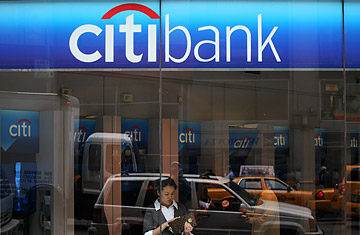
Grade: C
The Plan: In mid-October, the Treasury Department said it would use the first $250 billion of the $700 billion it had received to buy preferred shares in the nation's banks. Injecting billions of dollars directly into the banks was supposed to protect them from failing. What's more, the banks, it was believed, would use their new capital to make more loans to businesses and individuals, which would boost the economy.
The Result: Many of the factors that economists look at to judge the strength of the banking system, like the interbank lending rate, have improved. Nonetheless, the Capital Purchase Plan hasn't boosted lending. Loans dropped in November, the latest available figure, according to the Federal Reserve.
So where has the money gone? Mostly into cash. Banks now hold nearly $900 billion, more than $500 billion more than they had just three months ago. "Lenders are more reluctant to lend," says Dean Baker, an economist and a co-founder of the liberal think tank Center for Economic and Policy Research. "That's what happens in a recession."
Moreover, many banks that didn't need help got money, and others didn't get enough. Wells Fargo received $25 billion, even though it has had few credit problems. On the other hand, Citigroup needed an additional $20 billion in late November, just a month after it had received its initial $25 billion. Add in AIG and the money the Treasury recently sent to the automakers, and in just three months the Capital Purchase Plan is well over budget. "The government has a hard time drawing lines," says AEI's Reinhart. "Once you start doing infusions, where do you stop?"